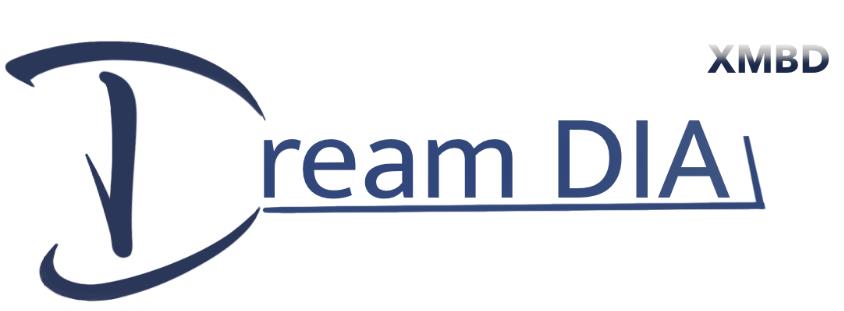Software for data-independent acquisition (DIA) data analysis with deep representation features.
- Pull the docker image from DockerHub.
docker pull mingxuangao/dreamdia:v2.0.2- Enter a container for testing.
docker run -it --name dreamdia_example --gpus all -v /YOUR/OWN/WORK/PATH:/tmp/work mingxuangao/dreamdia:v2.0.2 /bin/bash- Using the argument
--gpus allwill considerably accelerate the DreamDIA-XMBD pipeline if you have some GPUs.
- Activate the conda environment.
source activate keras- Run the example.
cd /tmp/dreamdia_example
python ../Dream-DIA/DreamDIA.py dreamscore --file_dir raw_data --lib lib.tsv --win win.tsv --out example_resultsThe testing results will be in example_results.
Linux
python >= 3.6.0
pyteomics
numpy
pandas
seaborn
cython
scikit-learn
tensorflow
keras-gpu
statsmodels
xgboost
If .raw files are going to be fed directly to DreamDIA-XMBD in Linux systems, mono must be installed.
We recommend to use Anaconda to build the environment and install the required libraries as follows.
# Initiate a conda virtual environment called "dreamdia"
conda create -n dreamdia python=3.6.12
# Activate the "dreamdia" virtual environment
conda activate dreamdia
# Install the libraries
conda install -y keras-gpu
conda install -y scikit-learn
conda install -y py-xgboost-cpu
conda install -y cython
conda install -y seaborn
conda install -y statsmodels
conda install -y pyteomics -c biocondahttps://github.com/xmuyulab/DreamDIA-XMBD/releases/tag/v2.0.2
cd DreamDIA-XMBD-vXXX
bash build.shhttps://github.com/xmuyulab/DreamDIA-XMBD/tree/main/example_data
python PATH/TO/DreamDIA-XMBD-vXXX/DreamDIA.py dreamscore --file_dir example_data/raw_data --lib example_data/lib.tsv --win example_data/win.tsv --out example_data/example_resultspython DreamDIA-XMBD-vXXX/DreamDIA.py dreamscore --helppython DreamDIA-XMBD-vXXX/DreamDIA.py dreamscore --file_dir rawdata_dir --lib library.tsv --win win.tsv --out output_dir-
Centroided .mzML or .mzXML files are supported at any time.
-
If .raw files are going to be fed directly to DreamDIA-XMBD in Linux systems, mono must be installed first for the data format conversion by ThermoRawFileParser.
-
You can also use our docker image to process .raw files directly, while it may take some time for data format conversion.
# /tmp/dreamdia_example python ../Dream-DIA/DreamDIA.py dreamscore --file_dir raw_data_raw --lib lib.tsv --win win.tsv --out example_results_raw
All raw data files should be at the same directory as below.
# rawdata_dir/
rawdata_1.mzML
rawdata_2.mzXML
rawdata_3.raw
Only .tsv libraries are supported. All of the fields required by DreamDIA-XMBD are listed in Dream-DIA/lib_col_settings. Users can modify this file to adjust their own spectral libraries.
DreamDIA-XMBD needs a tab separated window setting file without overlapping among the isolation windows as OpenSWATH. An example window setting file for classical SWATH acquisition strategy is shown below.
399 424.5
424.5 449.5
449.5 474.5
474.5 499.5
499.5 524.5
524.5 549.5
549.5 574.5
574.5 599.5
599.5 624.5
624.5 649.5
649.5 674.5
674.5 699.5
699.5 724.5
724.5 749.5
749.5 774.5
774.5 799.5
799.5 824.5
824.5 849.5
849.5 874.5
874.5 899.5
899.5 924.5
924.5 949.5
949.5 974.5
974.5 999.5
999.5 1024.5
1024.5 1049.5
1049.5 1074.5
1074.5 1099.5
1099.5 1124.5
1124.5 1149.5
1149.5 1174.5
1174.5 1199.5
DreamDIA-XMBD outputs peptide and protein identification and quantification results. An empty directory is suggested for the --out argument to save all of the output files.
See the guidance in Train_customized_models.ipynb to train your own deep representation models.
